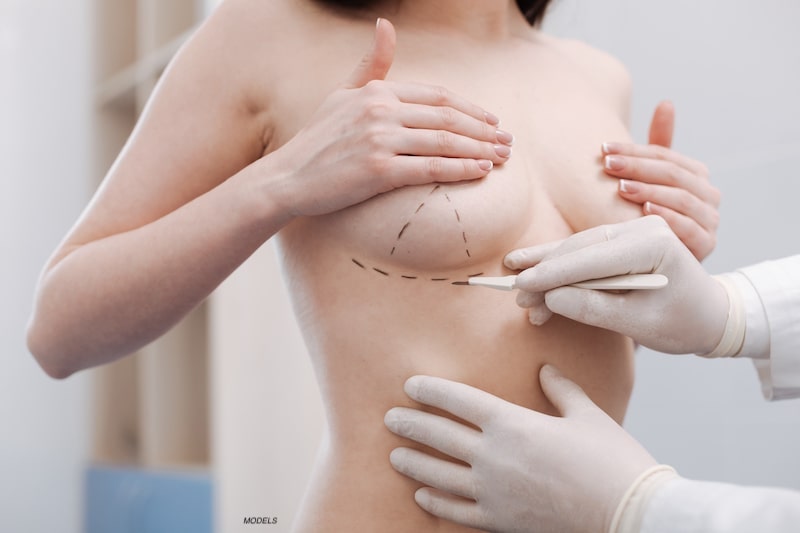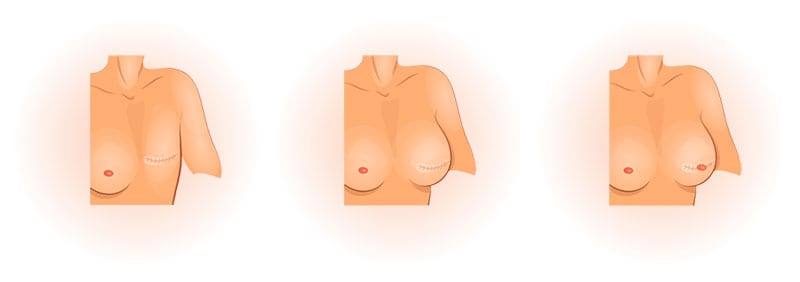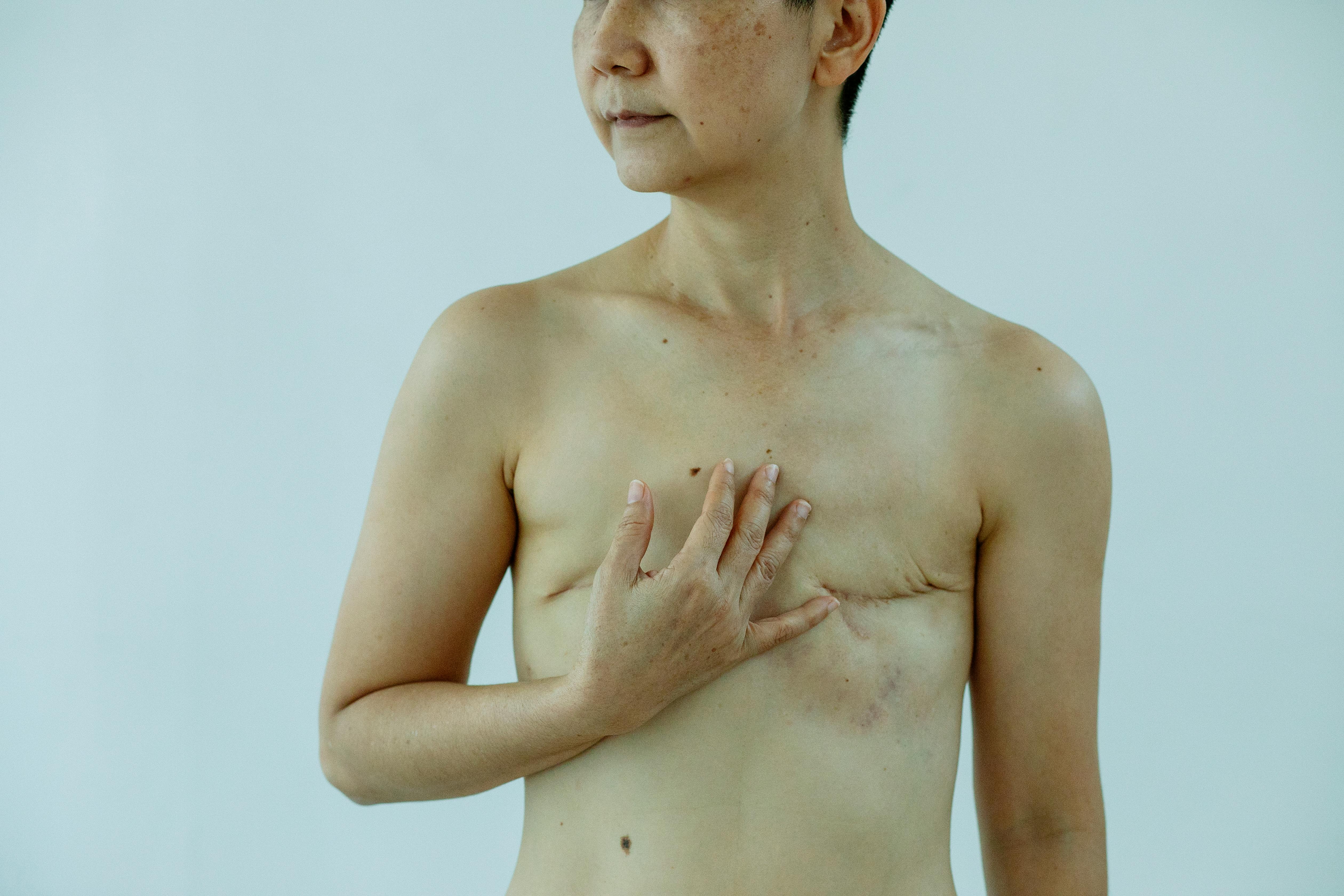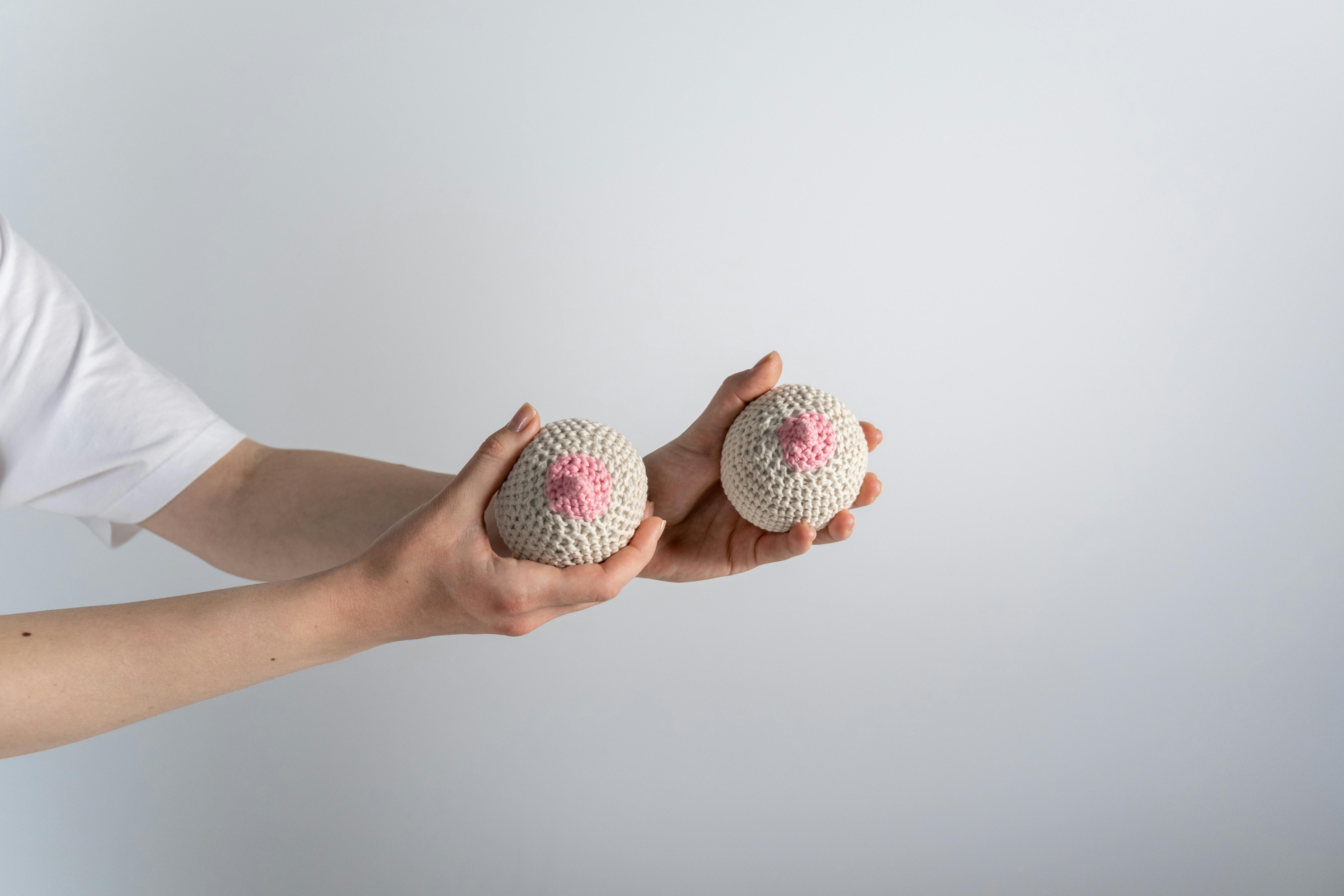All You Need To Know About Breast Reconstructive Surgery For Those With Breast Cancer
Dr Teoh Li Ying shares the process, benefits, and risks for patients considering the surgery.
Breast reconstructive surgery is a procedure designed to restore the shape, appearance, and symmetry of one or both breasts, typically after a mastectomy or lumpectomy due to breast cancer
For many, this procedure can help rebuild a sense of normalcy and confidence by recreating the breast mound using implants or the patient's own tissue (known as autologous reconstruction).
However, it's essential to remember that breast reconstruction is a personal choice; deciding whether or not to proceed with it does not define your worth or identity.
Ultimately, the decision should be based on what feels right for you.
To learn more about breast reconstructive surgery and its process, we recently spoke with Dr Teoh Li Ying, a consultant breast oncoplastic surgeon at Sunway Medical Centre:
SAYS: What are the main benefits of undergoing breast reconstructive surgery?
Dr Teoh: "It is important for patients' psychological wellbeing, as it helps build confidence and maintain self-esteem, especially among younger breast cancer patients.
"Reconstructive surgery also helps preserve body image and posture after a mastectomy, which can enhance sexual life and overall quality of life in the future. Immediate breast reconstruction allows for a single surgical procedure to achieve a natural contour and texture."
SAYS: Please tell us about the typical process of breast reconstructive surgery, from the initial consultation to post-operative care
Dr Teoh: "The process of breast reconstruction involves an in-depth discussion between the breast surgeon and the patient. The options of breast reconstruction, whether performed immediately or as a delayed procedure, need to be carefully explained. Since patients typically have breast cancer, the main aim of the surgery is to complete cancer resection, with reconstruction serving as a secondary goal.
"The choices for reconstruction, whether the autologous method using the patient's own tissue or the implant method, carry both advantages and disadvantages.
"During the clinic consultation, patients are thoroughly assessed for the suitability for a reconstruction method based on factors such as their cancer profile, body structure, health conditions, and expected post-surgery treatment plans, including radiotherapy.
"After a thorough consultation, patients are scheduled for surgery, and advice regarding diet and pre-operative preparation steps are provided."
"Generally, each reconstructive surgery requires at least four to five days of hospital stay. Skin markings for the surgery are usually made a day prior to the surgery by the managing breast surgeon.
"After a successful surgery, the patient will return to the ward on the same day and the surgical wound will be inspected a day or two after the surgery. Patients are commonly encouraged to increase their protein intake and consider vitamin supplements to improve wound healing.
"Most reconstructive surgeries allow patients to begin walking the day after surgery, except for certain procedures where ambulation is not encouraged until the second or third day post-operation.
"Follow-up appointments at the outpatient clinic will be scheduled upon discharge from the ward."
SAYS: What are the common side effects of reconstructive surgery? And are there any long-term side effects patients should be aware of?
Dr Teoh: "Depending on the reconstructive methods, the common side effects of reconstructive surgery include bleeding, infection, seroma formation, and discomfort.
"In patients undergoing autologous surgery using the volume replacement method, specific side effects may arise at the donor site or in the newly reconstructed breast.
"For example, patients who undergo latissimus dorsi flap muscle reconstruction may experience fluid collection at the donor site on the back of the trunk.
"Among those who have undergone an abdominal muscle flap (transversus rectus abdominis muscle - TRAM flap) reconstructive surgery, common side effects include a non-viable umbilicus, hernia at the abdomen, fat necrosis (fat cell death) at the reconstructed site, and issues related to scarring."
"Among those who undergo nipple-sparing mastectomy, there is a risk of nipple death or skin death over the reconstructed breast after surgery.
"For patients who opt for implant reconstruction, common side effects include infections that may lead to the need for implant removal, capsular contracture causing discomfort, implant malposition, rupture, and rippling.
"Sometimes, patients are advised to undergo revisional surgeries to enhance the cosmetic outcomes once their cancer treatment is complete."
SAYS: What are the potential drawbacks or risks associated with breast reconstructive surgery?
Dr Teoh: "Besides the possible side effects as mentioned above, immediate breast reconstruction needs a longer duration of surgery and they have extra wounds which need to be taken care of.
"Any infection may delay subsequent crucial treatments, such as chemotherapy and radiotherapy, potentially affecting the cancer prognosis. However, delayed reconstruction may offer less cosmetic satisfaction compared to immediate reconstruction."
SAYS: How do you manage or mitigate side effects during the recovery process?
Dr Teoh: "Some side effects, such as bleeding or active infection, may require immediate surgical intervention.
"However, not all side effects, such as partial nipple necrosis or skin necrosis (death), need immediate surgical intervention.
"Regular dressing, vitamin supplements, with or without antibiotics, may improve the situation. Several long term side effects can be handled later after the completion of the compulsory cancer treatment.
"In some cases, prolonged fluid collection (seroma) may require surgery, but it typically resolves with multiple needle aspirations.
"Patients can improve their wound healing and reduce the risk of complications by following their breast oncoplastic surgeon's advice. For example, wearing an abdominal corset after TRAM flap surgery can help prevent hernia formation, while using a post-implant reconstruction bra after surgery can help keep the implant in place and avoid malposition."
SAYS: What factors influence the cost of reconstructive surgery?
Dr Teoh: "Each type of reconstructive surgery carries different operational costs. For example, patients undergoing implants, with or without a tissue expander, may need to pay an additional cost for the materials.
"Additional costs may arise from the extra equipment required by surgeons to achieve the best surgical outcomes. The length of hospital stay may also impact the final bill, and re-admission for treatment of complications may incur further costs."
SAYS: What pre-operative steps are important for patients to take before undergoing breast reconstructive surgery?
Dr Teoh: "Patients must ensure they are in good health prior to surgery, as any active infection, such as an upper respiratory infection, may delay cancer surgery.
"Eat healthy and purchase the necessary equipment for post-surgery rehabilitation, as recommended by your breast surgeon, before hospital admission."A short meeting with a breast care nurse is helpful for navigating the journey of breast cancer surgery."
SAYS: Are there any financial assistance programmes or insurance options available for patients?
Dr Teoh: "Most breast cancer reconstruction surgeries are covered under insurance as part of the necessary treatment for the patient.
"If complications arise and further surgeries are required, insurance may also provide financial coverage for those procedures."
SAYS: Are there any cases where breast reconstructive surgery might not be advisable or beneficial?
Dr Teoh: "Patients with multiple health conditions that prohibit long surgeries, as well as those who are obese, actively smoking, or have uncontrolled diabetes or vascular diseases, are discouraged from undergoing reconstruction due to the higher risk of reconstructive failure.
"Some patients who refuse multiple scars or implant reconstruction are also considered unsuitable for reconstruction and may be candidates for conventional breast surgery without it.
"Patients who are not ready for reconstruction or those who would wish to undergo autologous flap reconstruction but need time to improve muscle bulk are usually advised to opt for a delayed procedure. Patients planning future pregnancies are generally advised against TRAM flap reconstruction but may be considered for other reconstruction options.
"In conclusion, reconstruction options are available for patients undergoing large volume breast resection due to benign or cancerous conditions. However, shared decision-making requires active participation from both the breast oncoplastic surgeon and the patient."
Visit The Pink Ribbon to learn more about breast cancer, raise awareness, and provide support to those who need it most!






